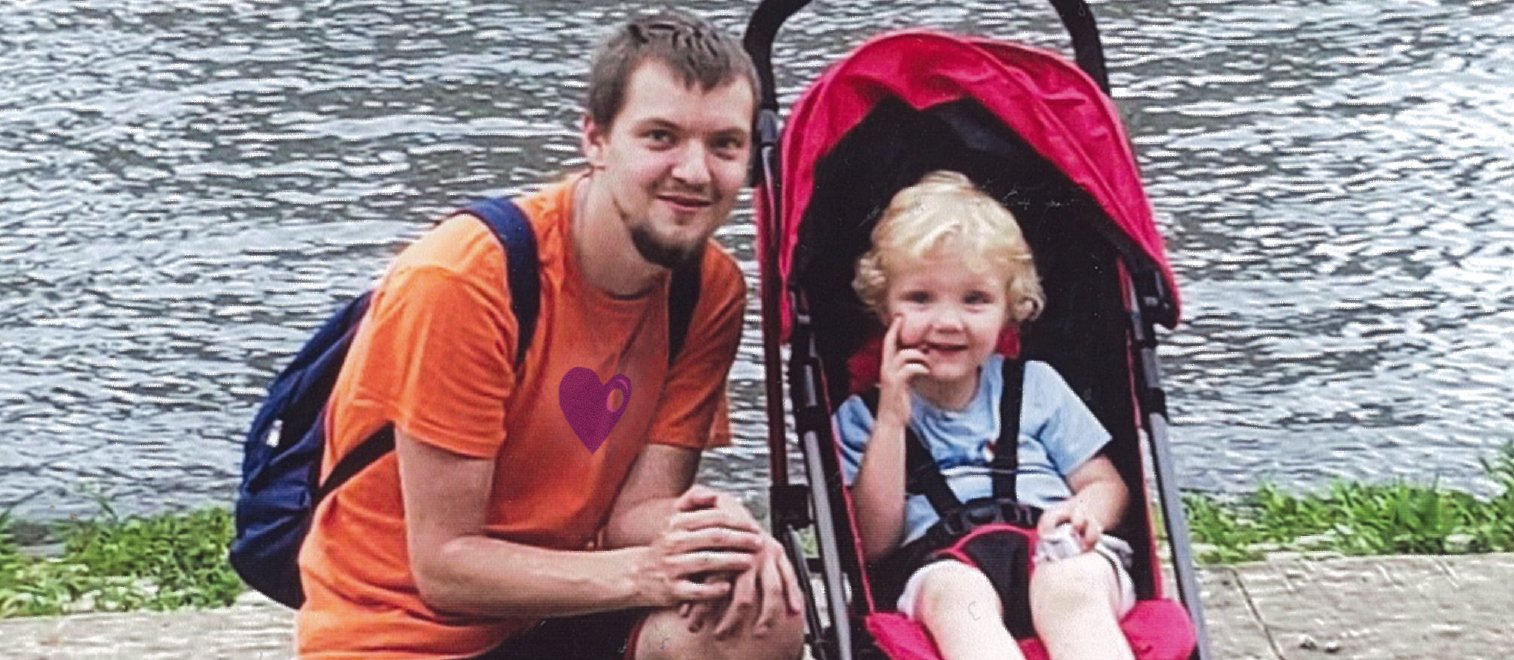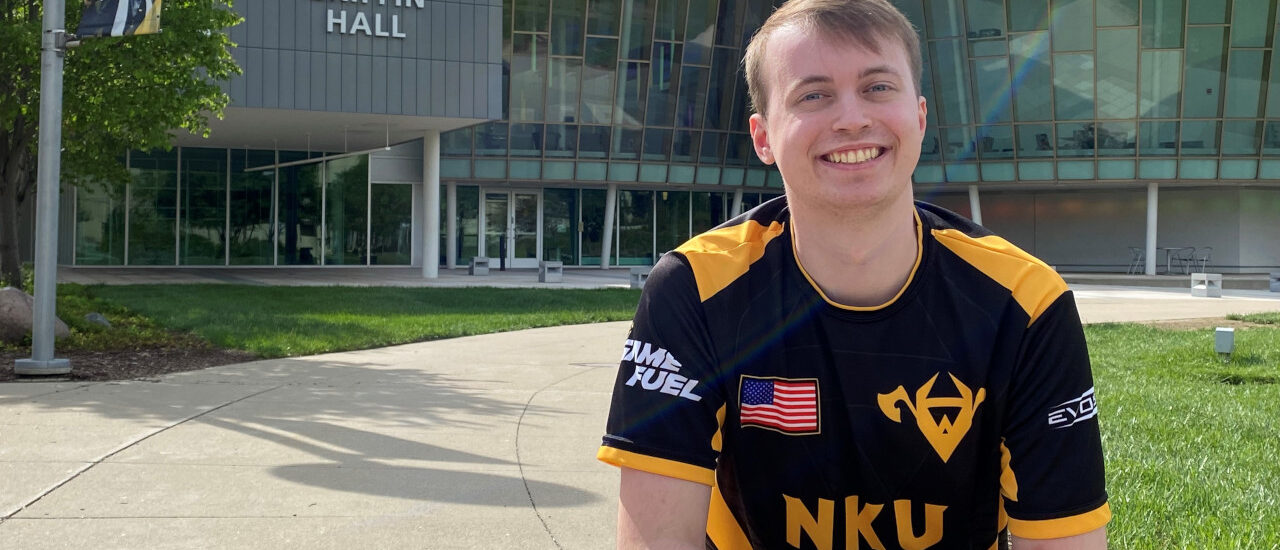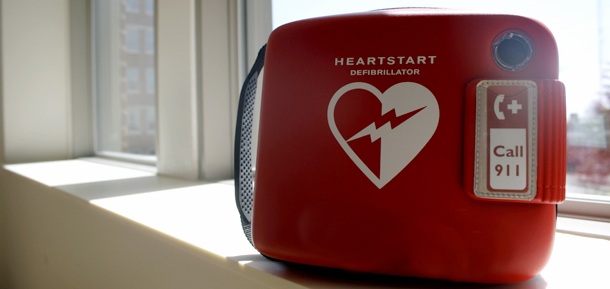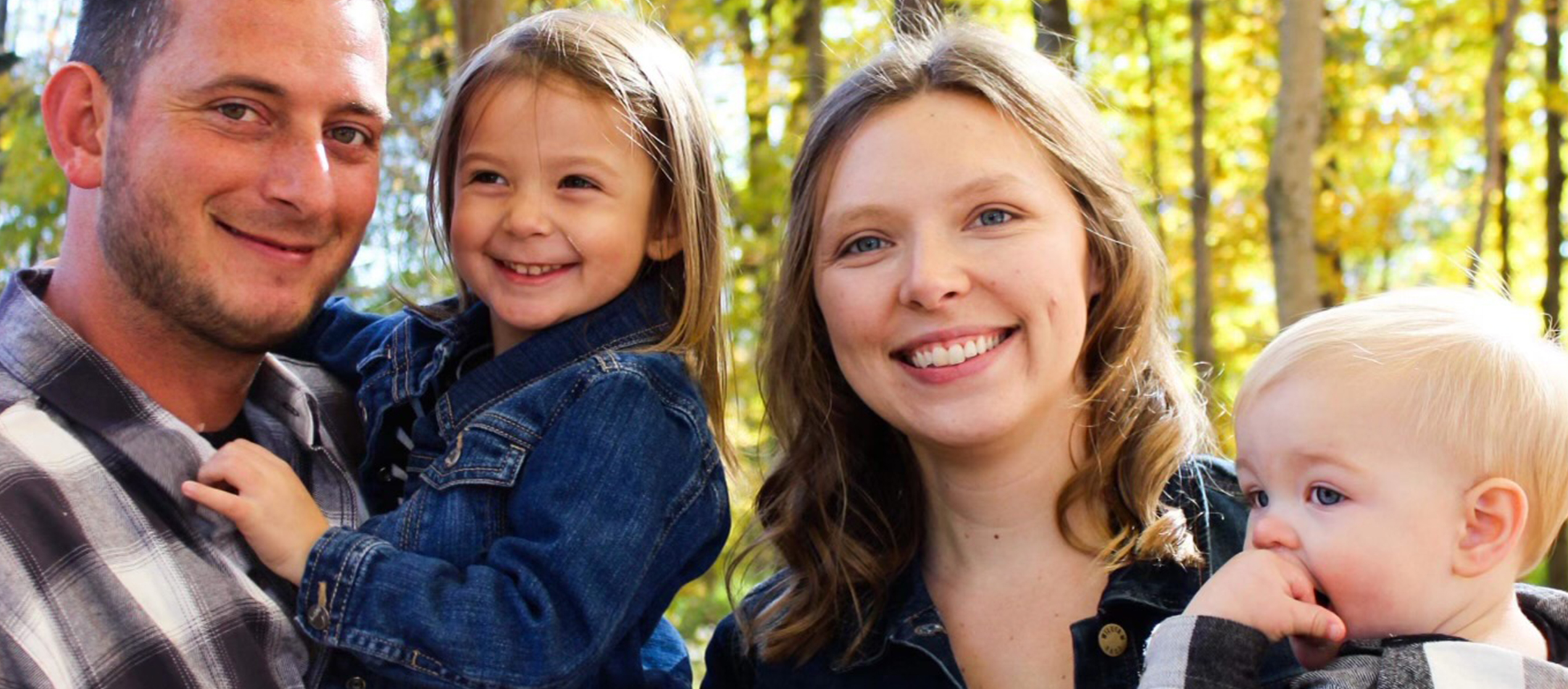My oldest son, Austin, celebrates his 28th birthday in May. It’s quite a milestone, given that six years ago his heart stopped beating and he collapsed on a softball field. And that’s not even the beginning of his story.
Austin’s Health Journey Begins on Day One
To get the full picture, I need to go all the way back to the day he was born. As soon as he was delivered, he was whisked away and hooked up to what felt like a million machines. We learned that he had hypoplastic left heart syndrome (HLHS) and needed to be transported to Cincinnati Children’s. Interestingly, I knew what HLHS was because I had just watched a documentary on a child with the condition a few days prior. HLHS is one of the most complex heart defects and is actually a group of anomalies. All of the structures on the left side of the heart are underdeveloped, and he wouldn’t survive without surgery. I thought for sure he would need a heart transplant.
However, his doctors explained that we had two options: join a transplant list or undergo the Norwood procedure. We opted for the Norwood because we figured if it didn’t work, we still had another option available to us. He underwent the Norwood procedure seven days after birth, and then two more, the Glen and Fontan procedures, before his second birthday.
Austin Had a “Typical” Childhood
From that point forward, Austin had a fairly typical childhood. He went to school, played baseball, and hung out with his friends. We didn’t restrict his activities. I always had his condition in the back of my mind, but I was comforted knowing that his cardiologist was staying on top of things. We had cardiology visits twice a year and haven’t missed an appointment in nearly 28 years. It’s just too important. And we realized just how vital those checkups were starting seven years ago, when a couple of scary incidents took place.
Routine Test Finds A Blood Clot
Austin went in for a routine stress test. In the middle of it, they discovered that he had a blood clot in his heart. He had no symptoms. He wasn’t short of breath. I am so grateful that we were at the right place at the right time. He was admitted immediately and was inpatient for several weeks while they cleared it. If we had cancelled that appointment, he probably wouldn’t have survived the blood clot.
His Heart Stops Beating on the Softball Field
Then a year later, his cardiologist ordered a routine 24-hour Holter monitor test, because it had been a while since he had one. He was able to go about his usual activities at home while wearing it. So he decided to play in his softball game. As he was standing on third base, he collapsed. His heart stopped beating. He turned blue because he wasn’t breathing. Fortunately, there were four EMTs playing in the game who were able to administer CPR for 11 long minutes, until the ambulance arrived with an AED (automated external defibrillator). After shocking Austin three times, they were able to restart his heart and the ambulance set off for the nearest hospital.
I was on my way there when Austin’s siblings called to tell me what had happened. Immediately hanging up the phone, I called the hospital. I demanded that he be transported to Cincinnati Children’s. The adult hospitals that we have been to aren’t familiar with his condition and don’t have hypoplastic left heart syndrome as a code in their electronic medical systems. I knew he needed to be treated in a place that understands the intricacies of his heart defect.
Recovery Following Sudden Cardiac Arrest
The next few days were long and hard. They placed Austin in a medically induced coma, in an effort to minimize stress to his heart. For the first 72 hours, we didn’t know how much damage had been done to his brain. He would wake up, ask what had happened, and fall back asleep. It was nerve racking. But after a few days he was able to wake up and was just fine. His brain functioning was back to normal. He was just really sore from all of the CPR.
Austin’s doctors explained that very little is known about what may put a patient with HLHS after a Fontan procedure at risk for sudden cardiac arrest. Some potential risk factors include a history of previous arrhythmia, unexplained fainting, coronary artery and EKG abnormalities, valve regurgitation and decreased ventricular (heart) function. Austin did not have any of these risk factors.
To prevent SCA from happening again, his doctors implanted a pacemaker and implantable cardioverter defibrillator (ICD) once he healed and got his strength back.
Because he was wearing the Holter monitor during the cardiac arrest, his doctors were able review the entire thing. We learned that his heart had skipped a beat. When this happened, the upper and lower chambers tried to regulate themselves by beating faster and faster until it just stopped altogether.
Austin Now
Two years ago, Austin had two stents placed to correct the narrowing of an artery. This was also caught during a routine follow-up appointment. Other than that, Austin has been without a heart-related incident. Given his prior history, we consider that a major milestone.
I try not to think about what could have happened if Austin hadn’t been under the watchful eye of his cardiologist. It’s a dangerous game to play. But I will say this – if you or a loved one has a congenital heart defect like Austin – please find a cardiologist specifically trained in congenital heart disease. And once you do, keep your appointments. Austin hasn’t missed a single one, and nor will he ever. They’ve literally saved his life, and because of that, we’ll be celebrating his 28th birthday this year.






Thanks for sharing this Angela. You have always been one of the strongest mothers I know. Austin has had quite a story and quite an extraordinary life. He is so lucky to have you as a mom. Happiest of birthday’s to you, Austin. God bless!